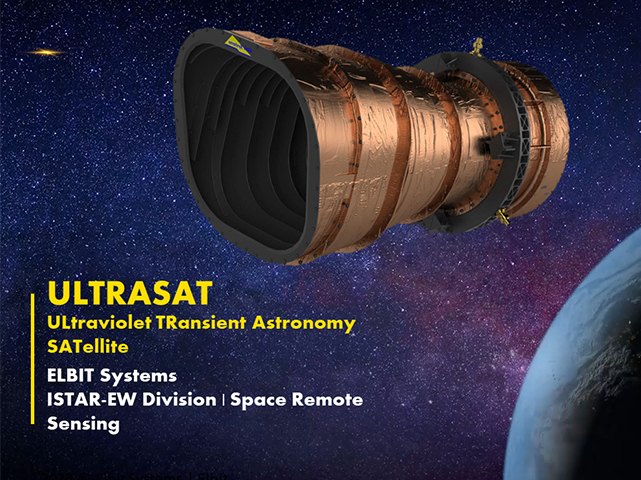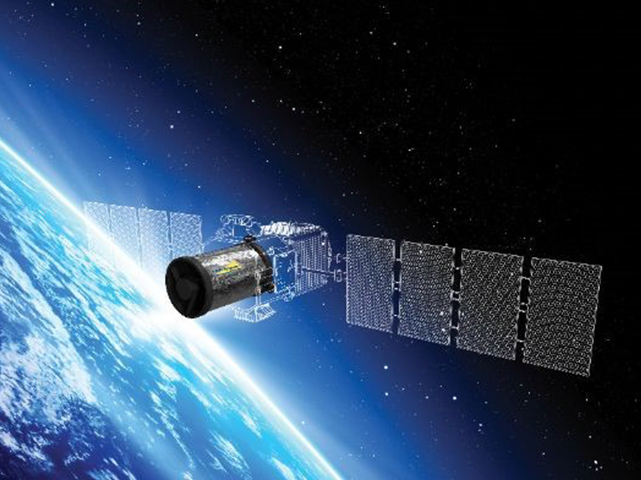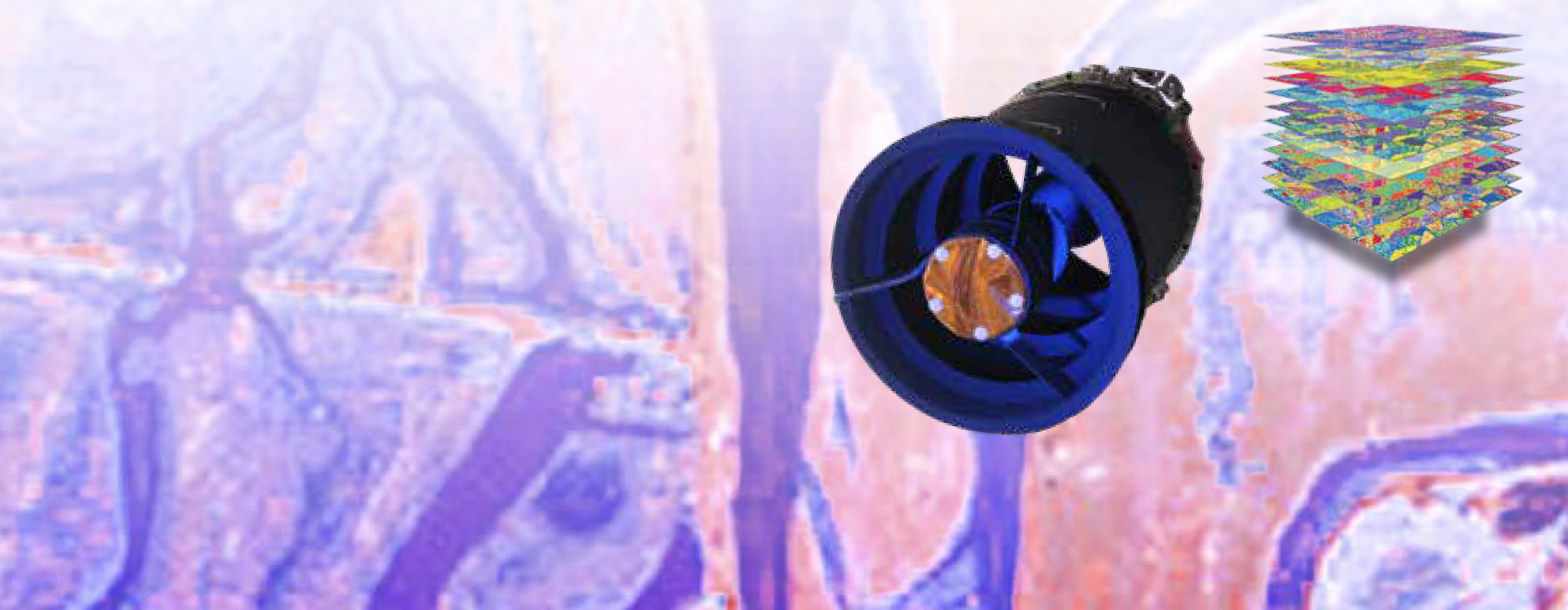ULTRASAT Is Going to Change the Way We Look at The Stars
Elbit's contribution to one of the most fascinating satellite projects is going to set sail to a whole new world of astronomical discoveries
“Up until now, no satellite has looked at space in the same way ULTRASAT will,” admits Ilan, an astrophysicist and leading space systems involved in one of Elbit Systems’ most fascinating and ambitious space projects. “Its mind-blowing abilities to observe the universe at a wide angle and process numerous events at short time scales represents a total breakthrough in the field of astronomical research,” he continues.
The mysteries concealed within outer space have perpetually captivated humanity. Since the mid-20th century, global superpowers have relentlessly pursued the limits of exploration in a quest to unravel its enigmas.
Israel, a small but mighty country with extraordinary tech skills, has joined the space race and snagged the 8th spot among the contenders in this cosmic chase.
While the country’s initial ambitions were propelled by military and strategic motives, Israel now stands poised to harness its satellite expertise for scientific endeavors as well.
Delving into Cosmic Mysteries
“ULTRASAT is all set to delve into the mysteries of space and uncover a plethora of new cosmic events at an unprecedented pace,” Ilan further explains. “Unlike most satellites that have a limited field of view, ULTRASAT boasts a wide-ranging perspective. So, if something significant unfolds, there’s no more waiting around, ULTRASAT will catch the event from the very start.
ULTRASAT, equipped with an impressive 210-square-degree field of view, opens up an entirely new realm of observation. Once it takes to the skies, currently planned for around 2025-2026, this cutting-edge satellite will embark on a remarkable mission of observing the cosmos. It will adeptly capture the ethereal dance of photons traversing the vast expanse of space and promptly identify telltale signs of colossal energy eruptions. In simpler terms, ULTRASAT acts as a cosmic telescope on the lookout for mesmerizing phenomena such as supernovas, explosive events, and other awe-inspiring wonders of nature.

Crafting Elite Space Optics
Launching a large and intricate optical system into space while ensuring its flawless functionality is no small feat. That is where the expertise of Elbit’s specialists becomes invaluable. Benny Maor, the Head of the Space Remote Sensing business unit in Elbit’s ISTAR and EW division, proudly declares, “We are the national hub of expertise when it comes to developing cameras and lenses for spacecraft.”
According to Maor, every Israeli satellite can be equipped with Elbit’s state-of-the-art optical equipment. In a project like this, the utmost priority is to ensure that the camera integrated into the space vehicle is lightweight, resilient, and capable of enduring the harsh altitude and extreme temperature conditions prevalent in space.
Furthermore, Maor underscores that the development of such technologies necessitates a profound understanding of substance physics and chemistry.
Ilan further emphasizes that it should not be assumed that such equipment will seamlessly function in the space environment. “Throughout the development process, we collaborate with various companies to provide viable solutions to any challenges that arise during the design phase.”
The Power of Unexpected Breakthroughs
But what can we anticipate from the observations made by ULTRASAT, and how will they ultimately impact our lives? To answer these questions, we must recognize that many remarkable scientific breakthroughs in history have arisen unintentionally or while pursuing different paths than the original intention.
“Pure science possesses immense value that extends beyond practical applications,” explains the astrophysicist. “The internet is teeming with examples of everyday technologies we use today, which were initially developed to serve purely scientific objectives. Currently, we are focused on a system dedicated to ‘chasing’ and capturing photographs of supernovas, with the exciting potential for future technological advancements yet to be realized. All we know for certain is that our pursuit of knowledge continues to expand.”
Maor also highlights that the ULTRASAT project presents a tremendous opportunity to inspire children and cultivate their interest in astrophysics and space engineering. Specifically designed seminars are organized to educate young minds about the process of launching a satellite into space and the invaluable insights it offers when the images are transmitted back to Earth. “In this manner, we can ensure that the next generation harnesses this knowledge to drive advancements and make positive contributions,” he concludes.
As the ULTRASAT teams keep grinding towards its launch, they’re putting in the work to ensure its success and achieve its goals. All we can do is wish them good luck and keep our eyes on the sky, eager to unravel more of the universe’s mysterious secrets.

The content of the article does not constitute business or financial information about Elbit Systems Ltd. (the “Company”) and is not intended to be a basis for making investment decisions in the Company’s securities. In order to obtain business or financial information about the Company, please refer to the reports and filings that the Company regularly publishes on the website of the U.S Securities and Exchange Commission (EDGAR) and on the notification system of the Tel Aviv Stock Exchange (Maya).
The article may contain forward-looking statements such as estimates, forecasts, estimates, plans, etc. that refer to future events that are considered forward-looking information as defined under the securities laws of Israel and the United States. There is no certainty that such information will be realized, in whole or in part, and the actual result may differ from what was presented in the article, among other things due to its dependence on external factors that are not under the control of the Company and that cannot be evaluated in advance. The forward-looking statements are based on the Company’s estimates at the time of publication, and the Company has no obligation to update or correct this data.





